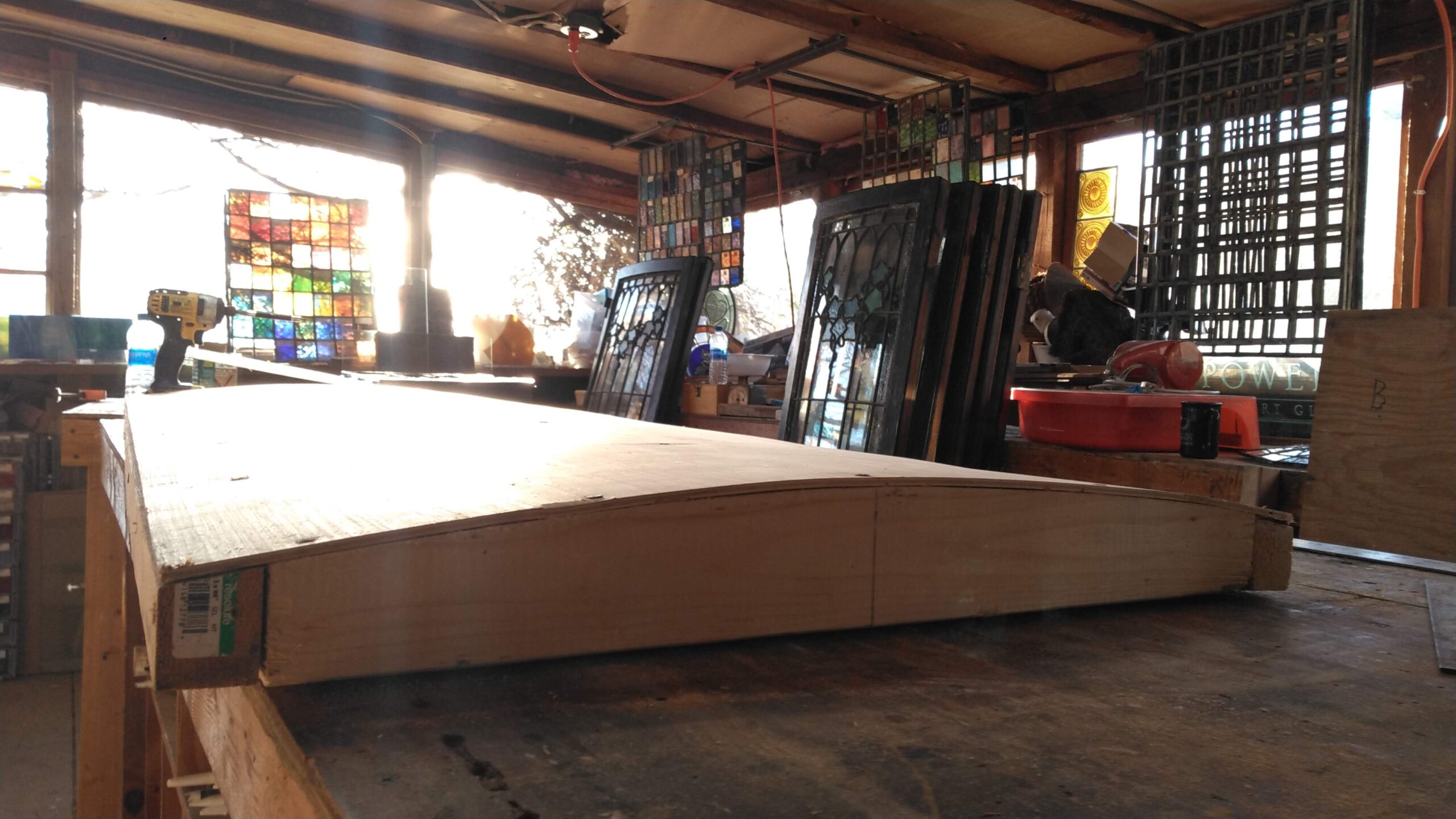
When Virginia Commonwealth University decided to embark on a rehabilitation of the Scott House, it was evident that the stained glass windows of the ornate Breakfast Room would require specialized repairs. The deflection of the glass was to the point of physically separating from the metal matrix that joins the pieces of glass, known as cames, posing a threat to the physical integrity of the windows. Adding a layer of complexity to the challenge was the fact that each window was curved and the cames were zinc, not the typical lead.
The Scott House, completed in 1911, was designed by Noland & Baskervill Architects for Frederic W. Scott and his family. The impressive residence of over 18,000 sf includes a particularly ornamental copper-clad Breakfast Room (the Conservatory on original plans). The one-story structure includes domed apses to the south and east with casement windows incorporating clear and textured glass with stained glass garlands of ivy on opalescent glass.
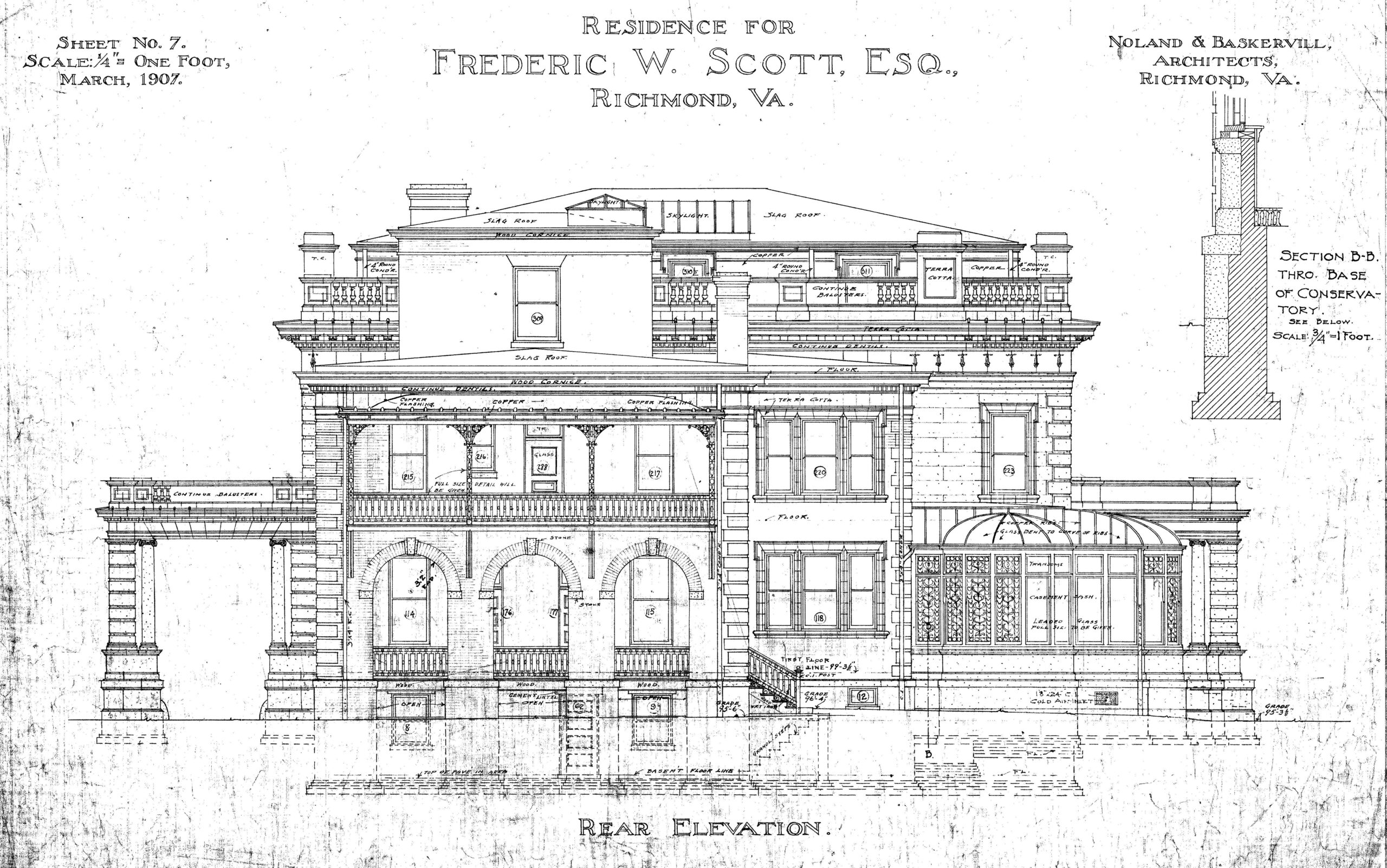
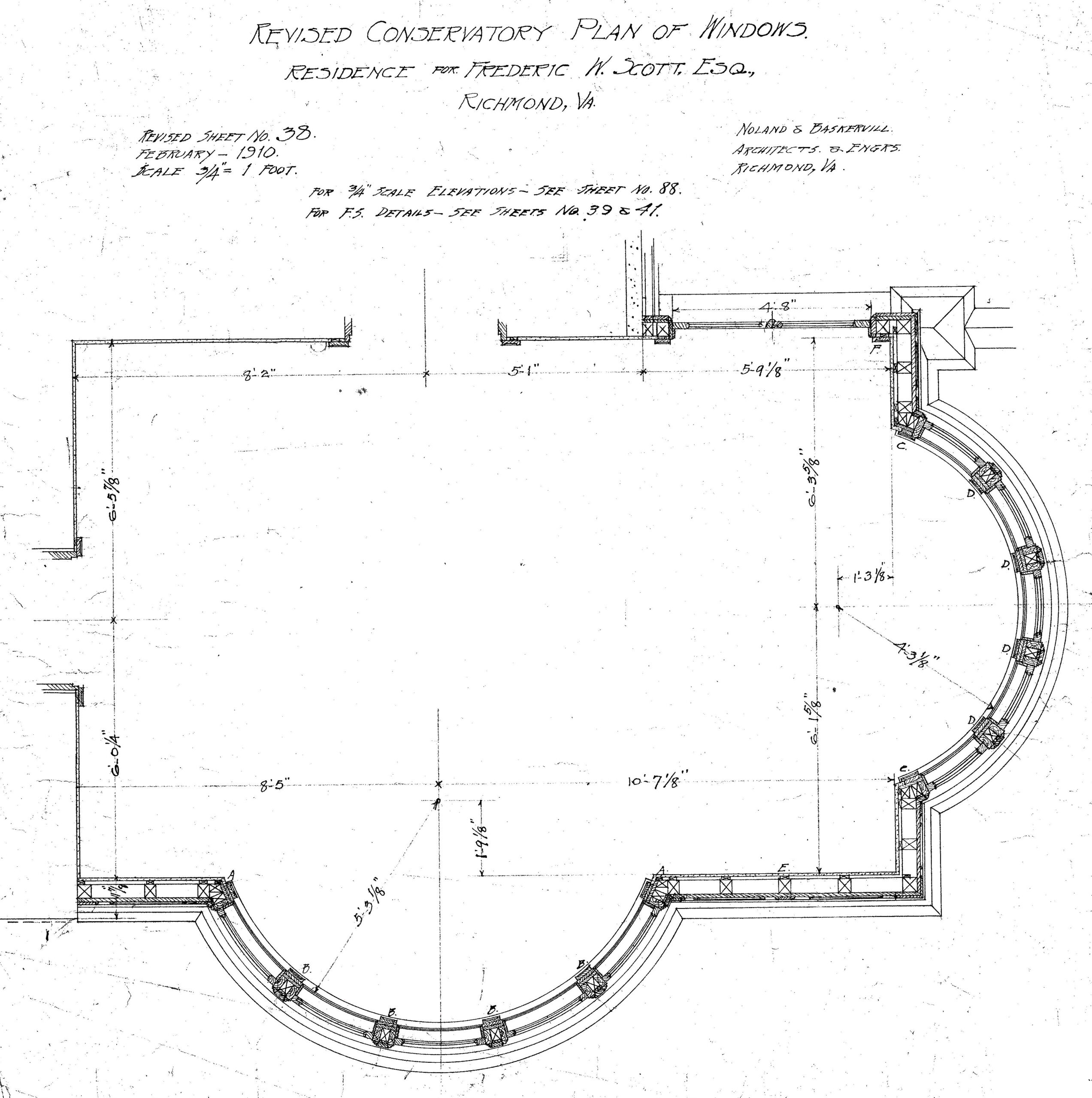
A detailed condition assessment with recommendations and specifications was carried out by Richmond stained and leaded glass conservator, Scott Taylor, to establish the scope of repairs early on. Significant deflection was evident on all the windows, stressing solder joints and enabling the glass panes to separate from the cames. This not only enabled water infiltration, but threatened the structural integrity of the windows. It was determined that a 100% restoration of the zinc matrix was required in the areas of the clear and textured glass. A limited amount of broken glass was also identified for replacement, but the painted ivy sections were to be minimally treated and left intact.
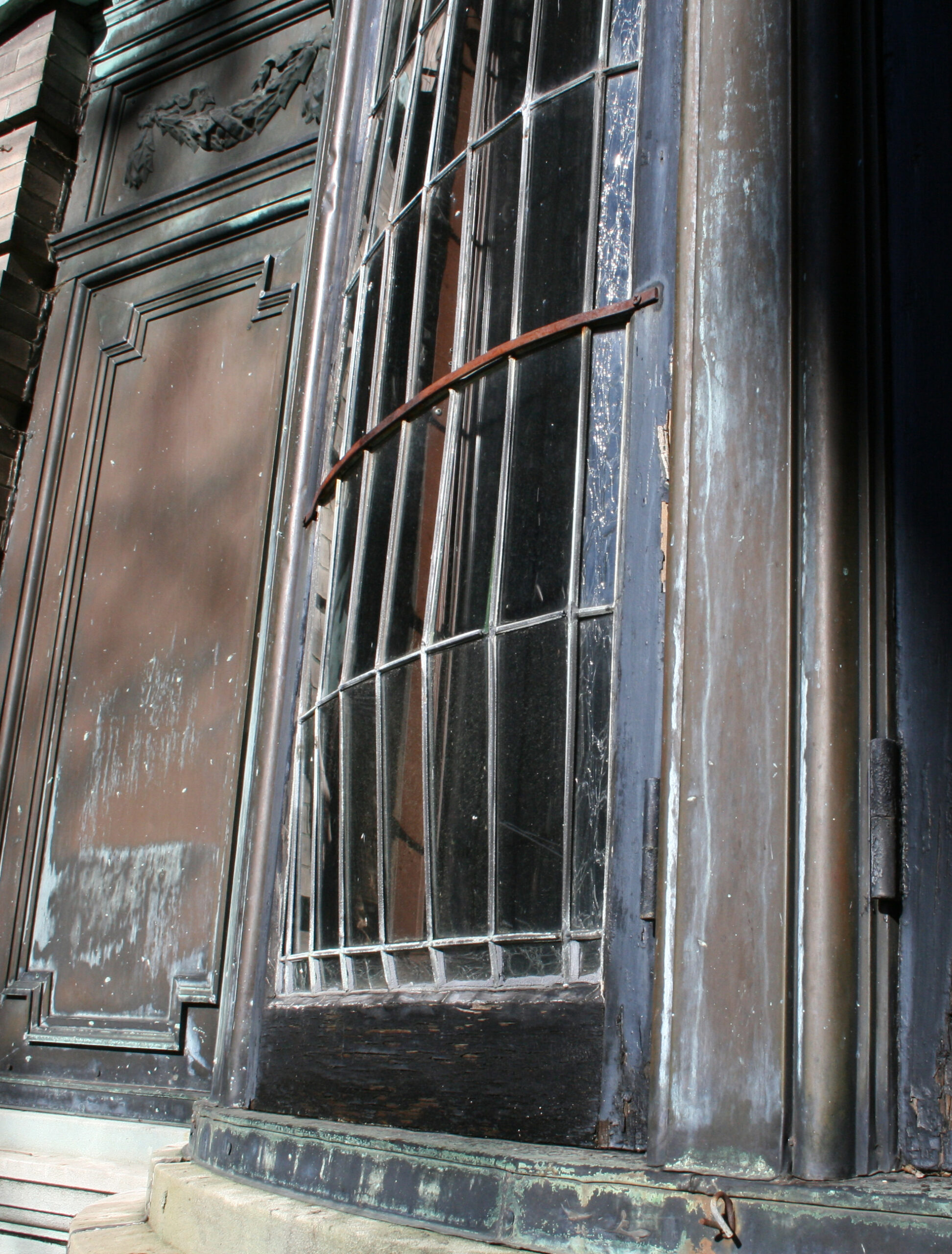
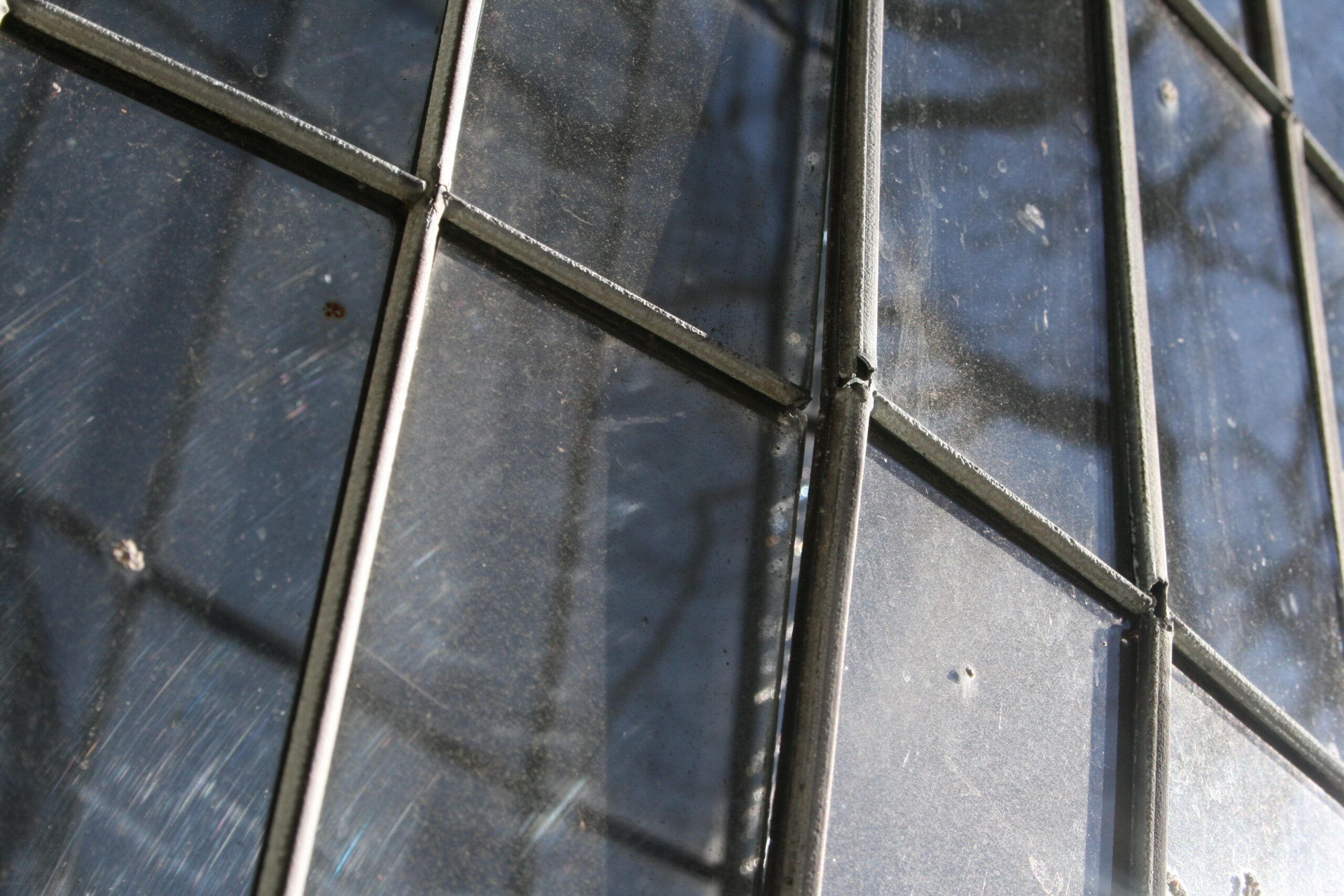
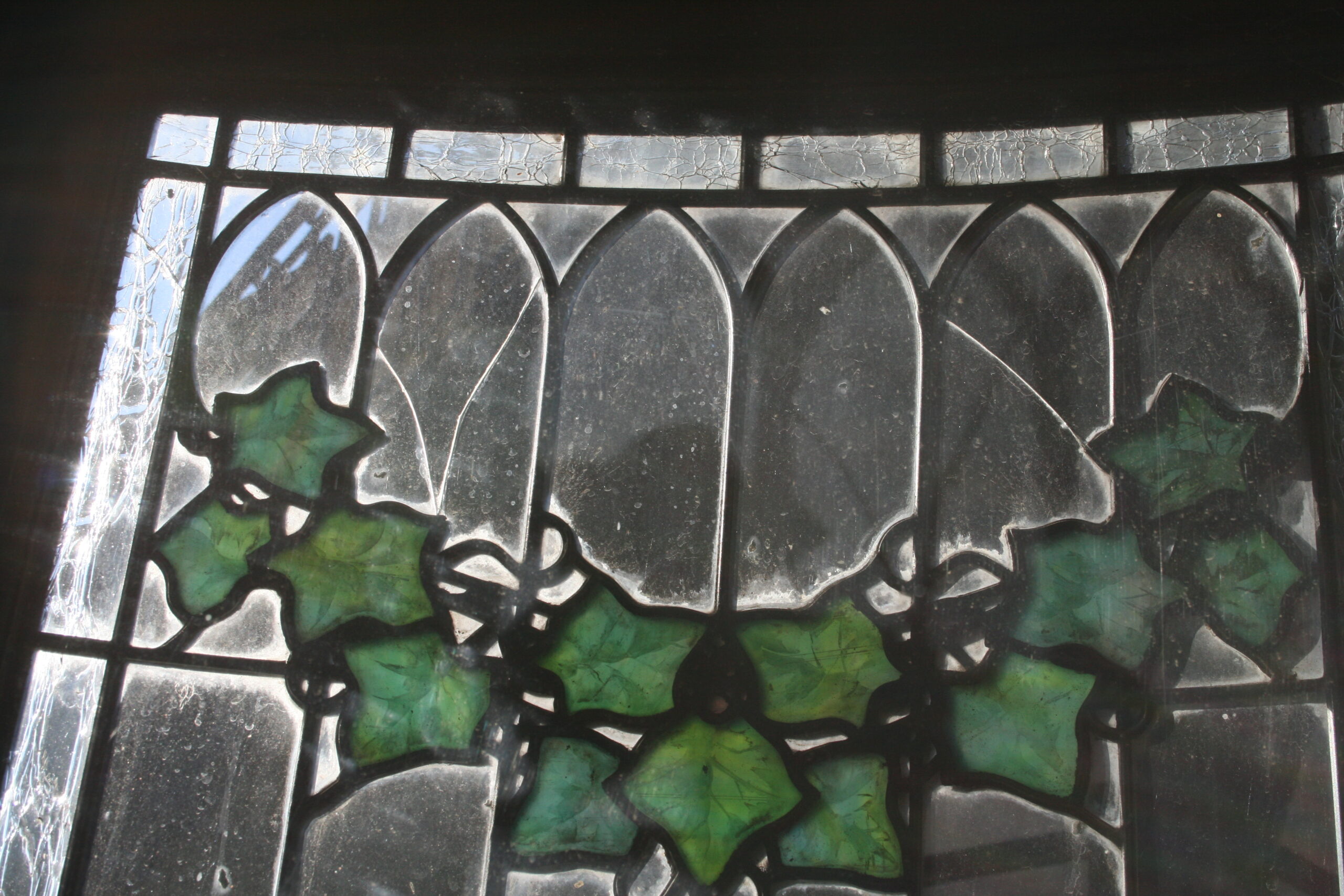
Wayne Cain of Cain Architectural Art Glass completed the restoration work, starting with the careful removal of each window and transportation of them to his studio in Bremo Bluff, Virginia. Prior to disassembly, a vellum rubbing was made of each window and then each piece of glass was removed one by one and placed on the templates to ensure reinstallation into their exact positions. Reproduction glass was sourced for broken or incompatible replacement glass elements and the ivy garland features were removed whole.
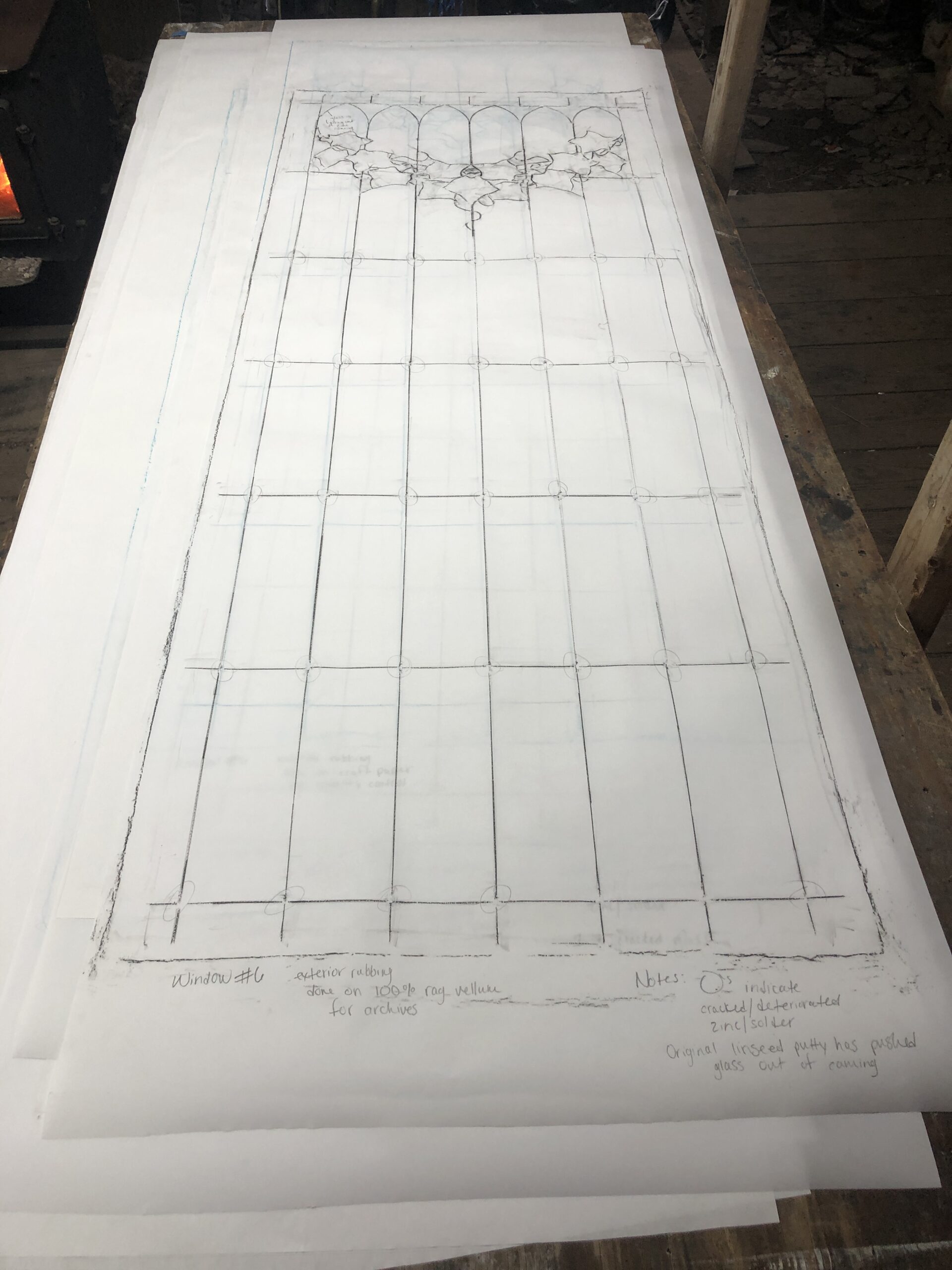
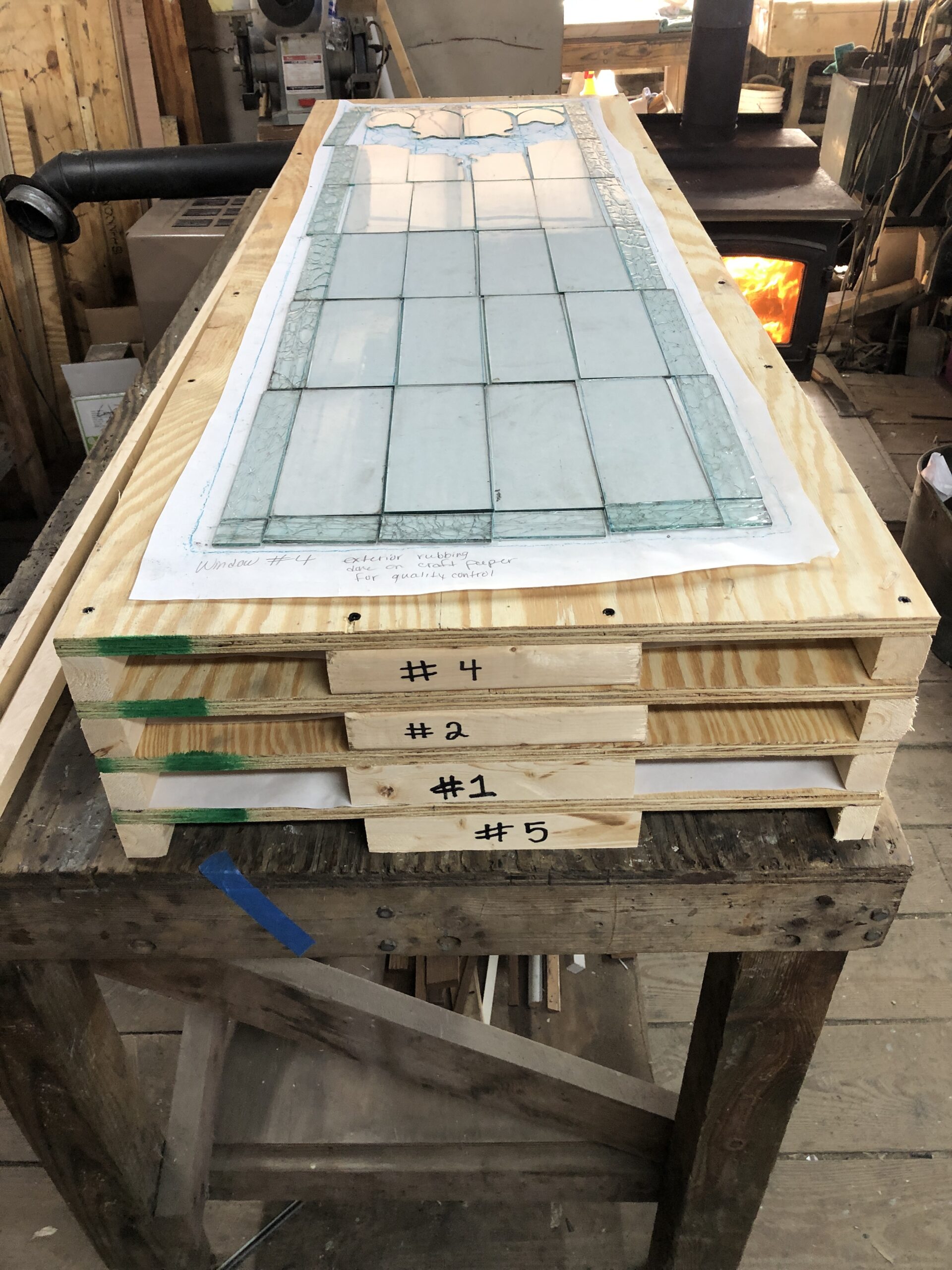
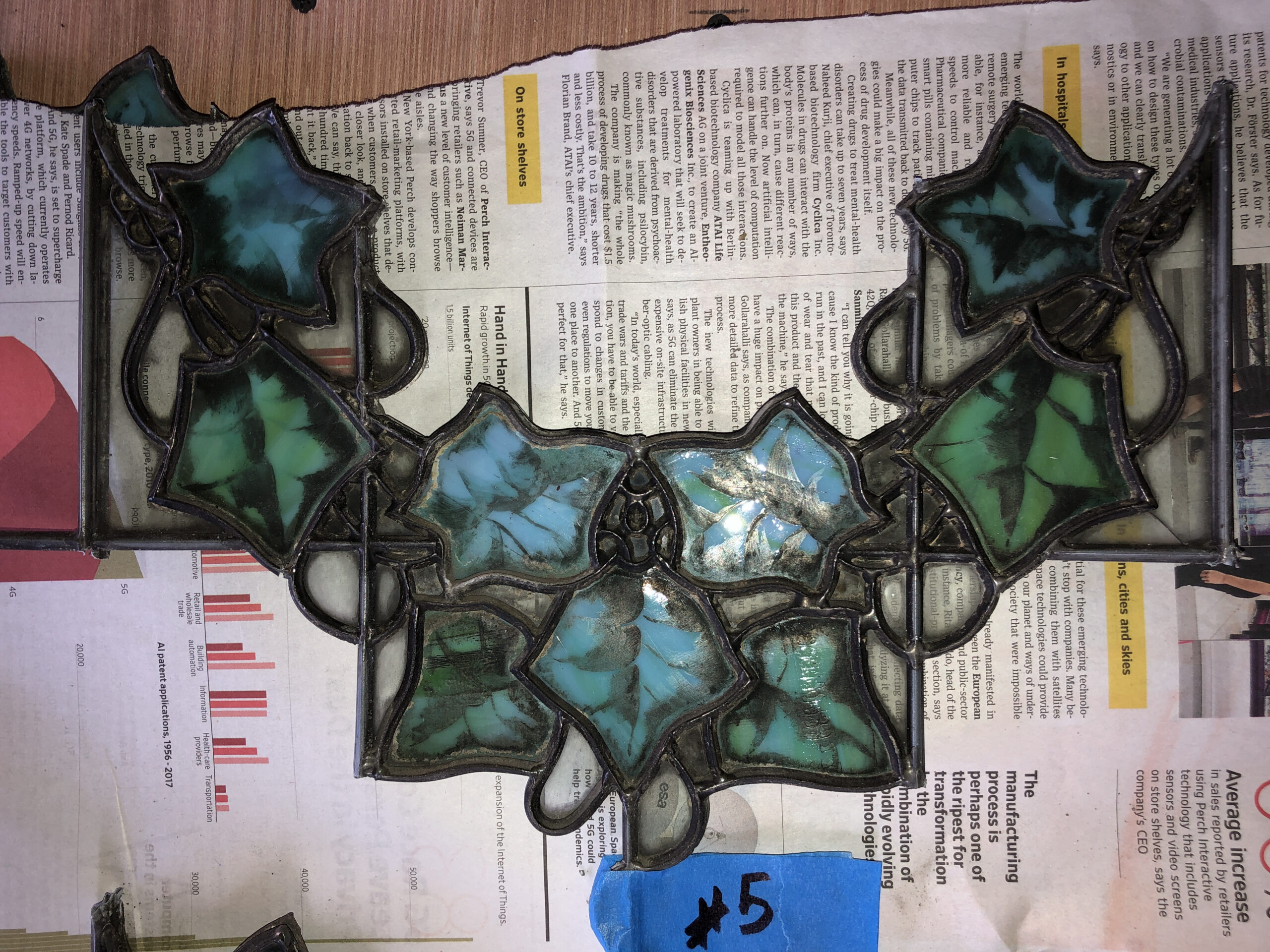
All glass to be reinstalled was carefully cleaned and then reassembled in its original locations with any reproduction pieces into a new zinc matrix. A custom substrate matching the original curve was constructed as a working bed. Reinforcement bars were added at continuous horizontal locations on the exterior in order to provide additional support, while remaining visually unobtrusive. The wood sashes were restored and the windows were reinstalled in their original locations. In order to provide increased thermal performance as well as protect the historic windows, custom curved glass exterior panels were added as a final improvement.
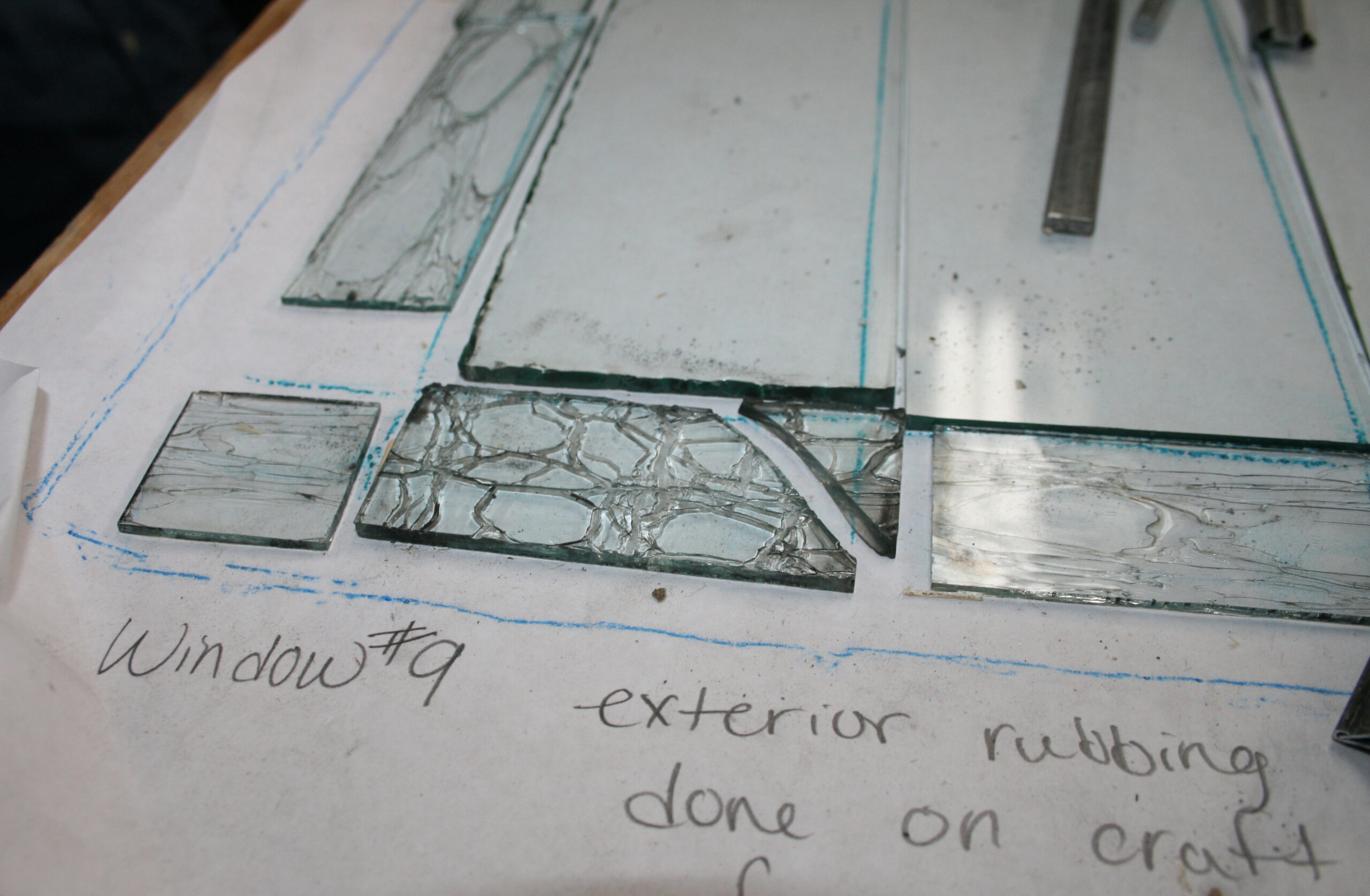


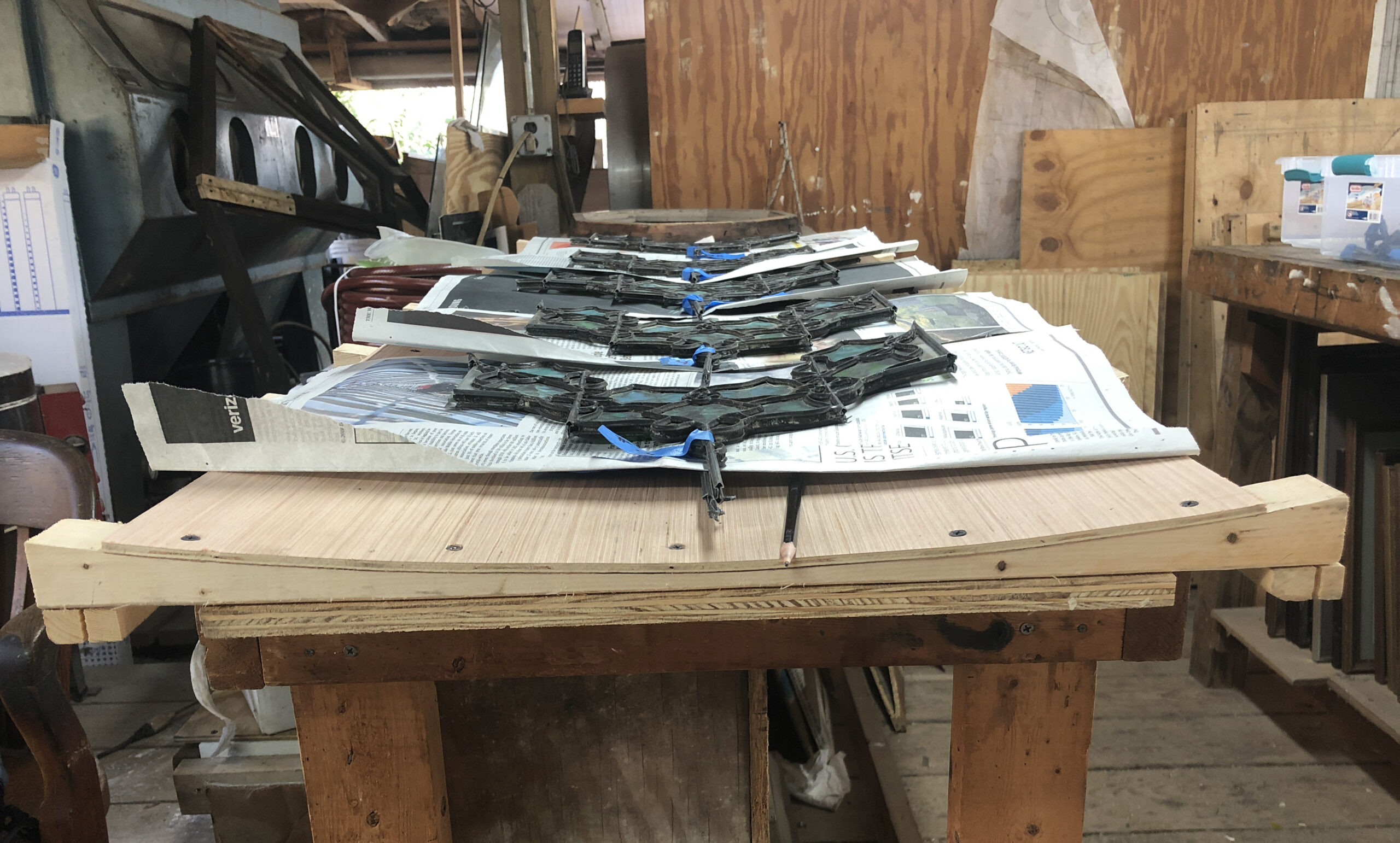
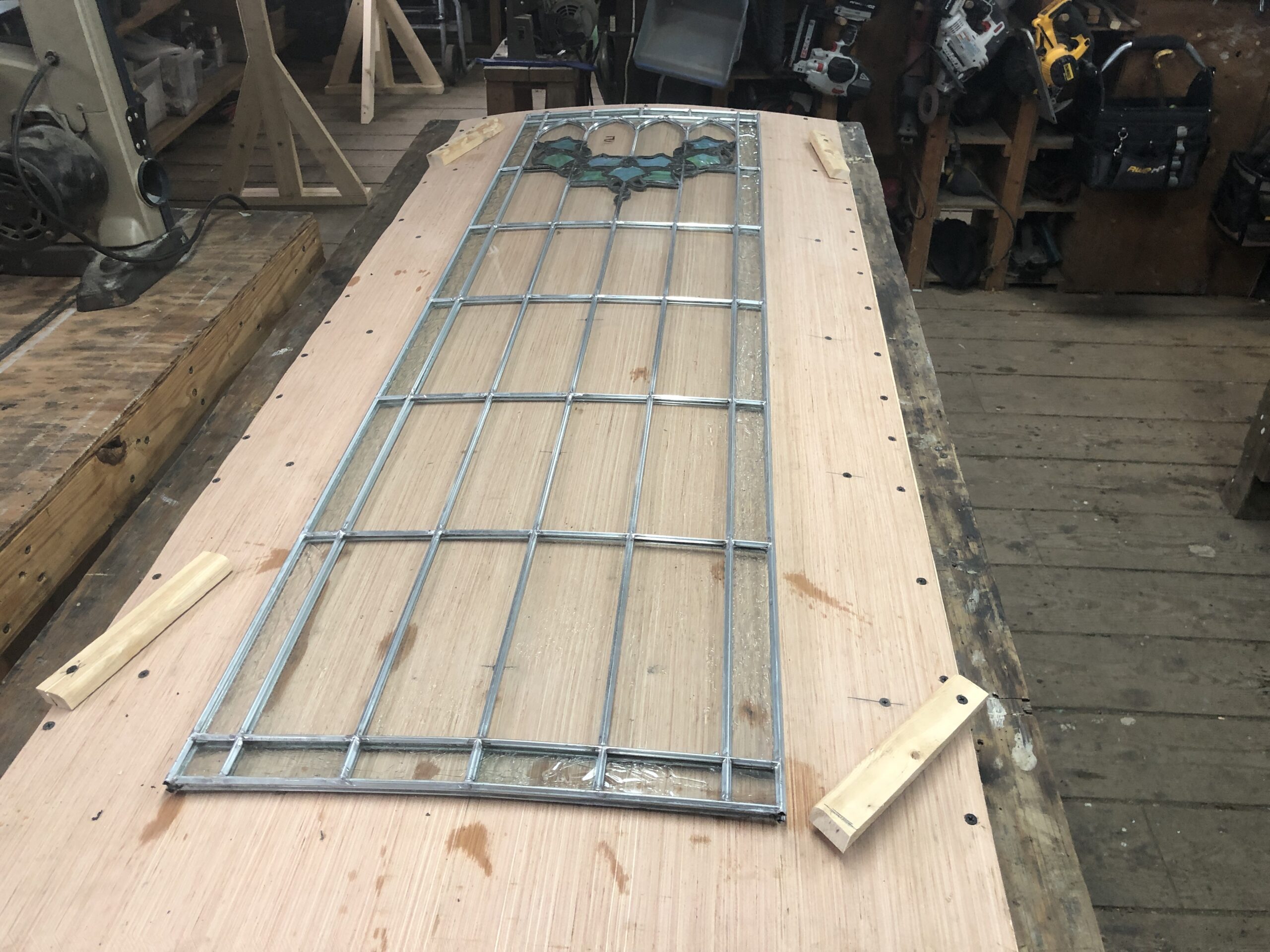
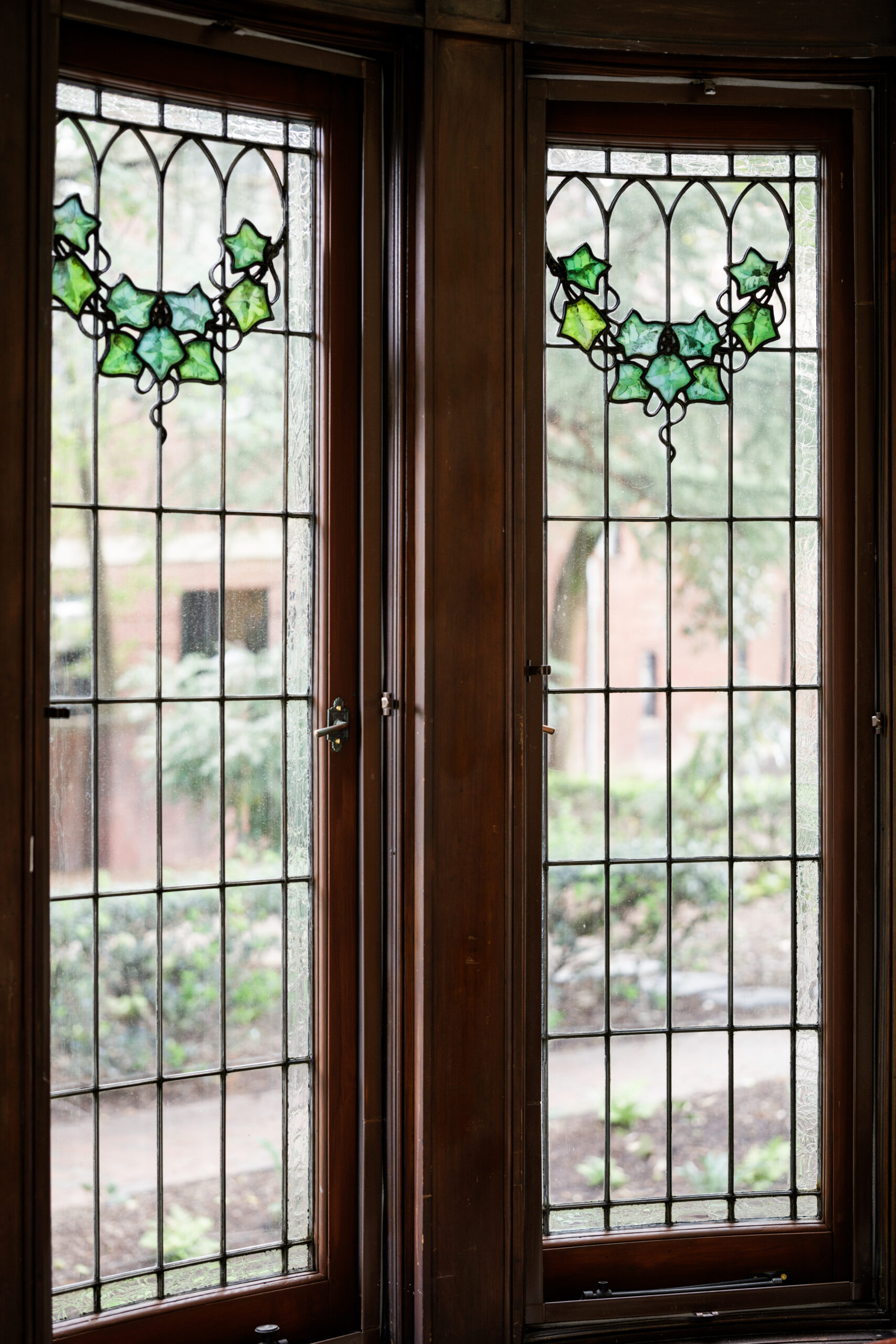

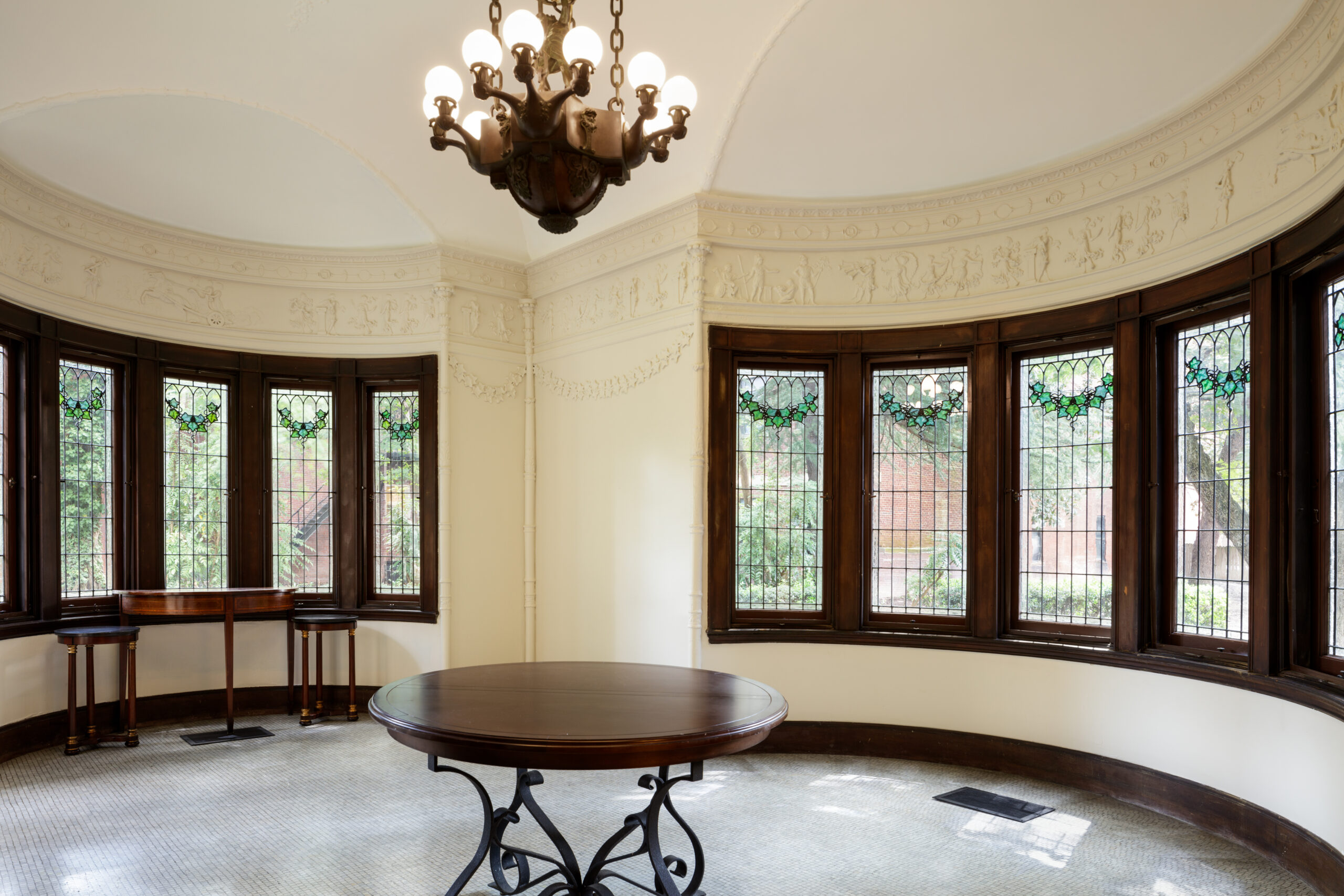
The final result retained the original character of the windows and allows them to fully complement the architectural beauty of the restored Breakfast Room. The added structural support and custom exterior curved glass provide additional protection to ensure the windows survive for future generations to enjoy.
Reprinted with permission from GH&A and author Susan Reed, AIA. This post originally appeared in Preservation Spotlight: Restoring Restoring Curved Stained Glass Windows.
